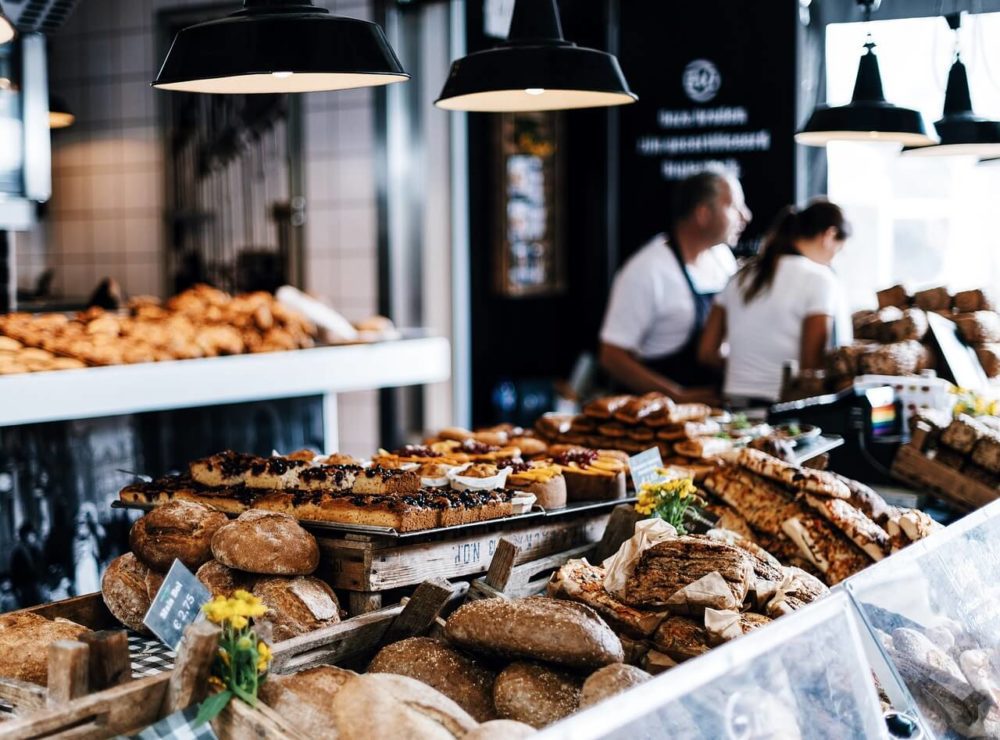Slate’s Henry Grabar has an excellent piece on food courts vs. food halls. “What makes something a food court, and what makes it a food hall?” he asks. “One is the most discredited concept in 20th-century dining, while the other is the hottest new idea of the 21st: an open floor plan; fresh food prepared in front of your eyes; a post-industrial space, or at least one with high ceilings, exposed wiring, and hanging air ducts. Good-looking people hunched on long benches over small plates or perched on stools around dozens of tiny countertops. The accidental flash of a bad Instagram. The places brim with noise—perhaps even a kind of working sound, an occasional butcher’s chop, something left over from a more utilitarian period, or at least the roar of an espresso machine.”
But how are a dozen quick-service restaurants sharing a space, a landlord, and maybe a seating area not a food court?
“A food hall,” he writes, “is a drafty and austere moniker for an age of raw interior design. No pleather or plastic here. What separates the former from the latter is ‘authenticity.'”
Most food halls are imitations of decades-old public markets, such as Philadelphia’s Reading Terminal Market, Cleveland’s West Side Market, and Los Angeles’ Grand Central Market. “All of them were once places where people shopped for groceries to take home, and each has moved a varying distance away from that point,” Grabar writes.

